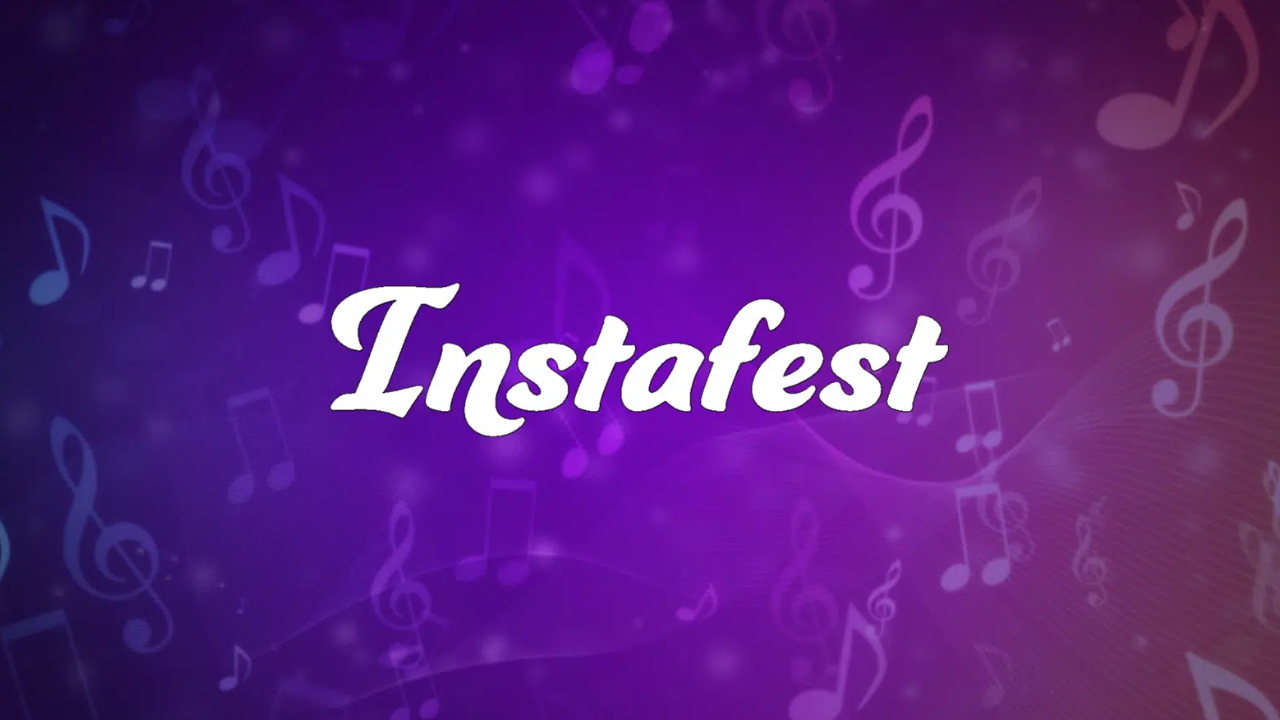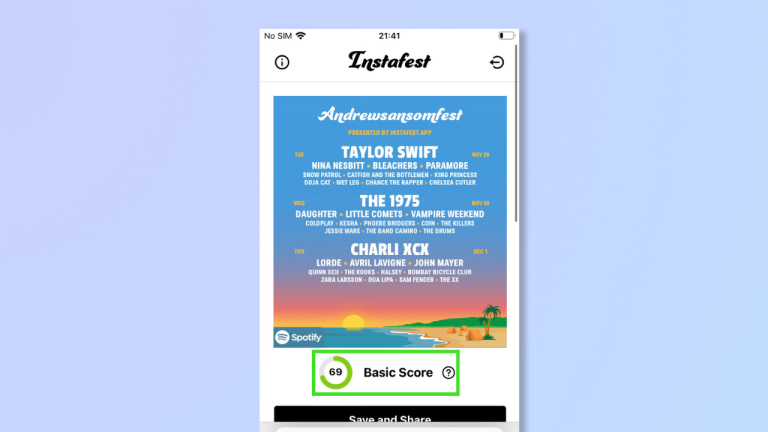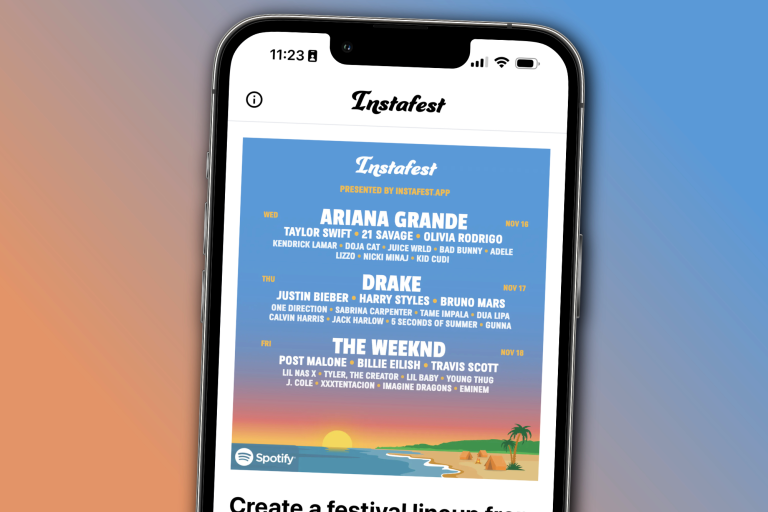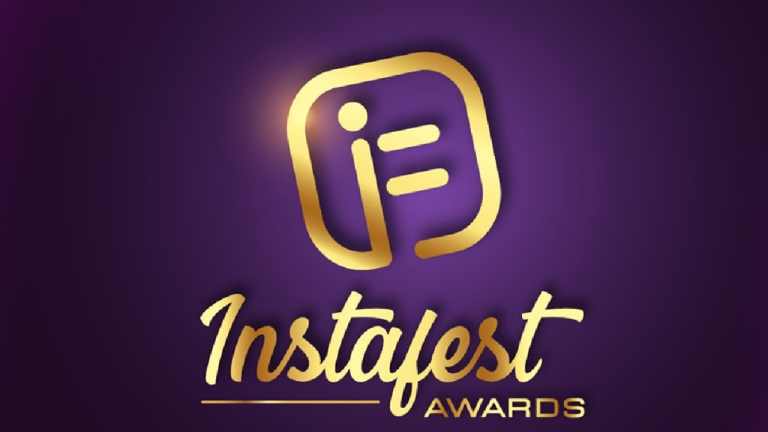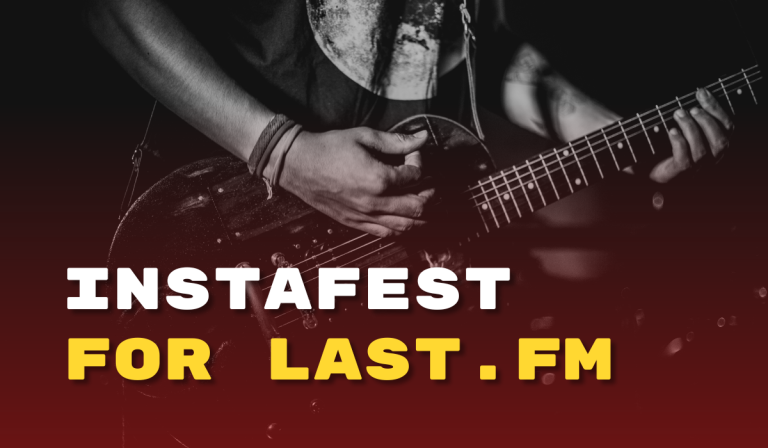Is Instafest the Future of Online Entertainment? Here’s What Experts Say
The digital world is shifting fast. Social media is no longer just about selfies and short videos. Today, people crave platforms that offer personalization, interactivity, and creativity — all in one. In the middle of this transformation stands Instafest, a web-based app that has captured the attention of millions by turning music streaming data into shareable festival-style posters.
But is Instafest just another online trend, or does it represent the next phase of online entertainment?
In this article, we explore the platform’s rapid rise, its influence on digital culture, and what experts believe about its future in the entertainment space.
The Rise of Instafest: What Made It Viral?
Instafest began as a simple idea: transform your favorite artists into a dream festival lineup. By connecting with Spotify, Apple Music, or Last.fm, users can instantly generate a poster that looks like it was designed for a major music event — complete with headliners, support acts, and festival branding.
What makes this idea stand out is its instant gratification. No waiting, no editing, no filters. Just log in, pull your data, and get your festival poster in seconds.
According to digital trend analysts, Instafest succeeded for a few key reasons:
- Personalization: It reflects individual taste.
- Visual appeal: The posters are beautifully designed and easy to share.
- Simplicity: The user interface is clean and intuitive.
- Shareability: The content is built for platforms like Instagram and Twitter.
A Cultural Shift: From Passive Watching to Active Participation
In traditional online entertainment, users are mostly passive. They scroll, they like, and they move on. Instafest flips that experience. It encourages people to engage with their own data and then express it in a creative, socially relevant way.
This shift from passive to active entertainment is key.
Media sociologist Amanda Reyes explains,
“The success of platforms like Instafest marks a bigger trend — people don’t just want to consume content anymore. They want to co-create it. Whether it’s curating a Spotify playlist, designing a meme, or sharing a digital festival, users want ownership over their digital identity.”
Instafest isn’t just about music. It’s about what music says about you — and how you want to be seen by others online.
Is It Really “Entertainment”?
Some might argue that Instafest is more of a novelty tool than a form of entertainment. But experts in tech and digital culture disagree.
Dr. Liam Howard, a digital entertainment researcher, says:
“Entertainment is no longer just movies or games. It’s any experience that captures attention and creates emotional resonance. Instafest does that. It’s interactive, it’s fun, and it’s part of a larger online ritual. That’s entertainment.”
According to Howard, even if a platform isn’t producing content in the traditional sense, it’s still a form of media — and in today’s world, media is shaped by users as much as by creators.
The Psychological Pull of Instafest
Why do people love seeing their listening habits as festival posters? Psychologists say the appeal lies in ego expression and social validation.
- Ego expression: Users get to showcase their music taste — a key aspect of identity, especially for younger audiences.
- Nostalgia: Music evokes emotion, and seeing a lineup of favorite artists is like revisiting meaningful moments.
- Validation: Sharing these posters invites reactions, comments, and connections. It’s a conversation starter and a community-building tool.
Digital psychologist Elena Khouri says:
“Instafest bridges data and emotion. It doesn’t just show you numbers; it tells you a story about who you are, using a visual language that feels modern and stylish.”
Expert Opinions: Could Instafest Expand Further?
While the core idea is simple, many believe it’s just the beginning.
Here’s what tech analysts predict Instafest could evolve into:
- Merchandise Integration
Users might soon be able to print their custom posters on shirts, mugs, or wall art. This not only adds a commercial angle but deepens the emotional attachment to the platform. - More Platform Support
Right now, it connects to Spotify, Apple Music, and Last.fm. But experts expect expansion into YouTube Music, SoundCloud, and even TikTok audio data. - AI Curated Festivals
Future versions could allow users to generate festivals by mood, genre, season, or even fictional themes (e.g., 90s throwback festival, breakup anthems, etc.) - Live Events & Partnerships
With enough momentum, real-world festivals or artists could team up with Instafest for promotional collaborations, giveaways, or hybrid virtual events. - Creator Monetization
Imagine influencers designing their own Instafest templates or remixing others’ lineups. With the right tools, it could even become a creator economy ecosystem on its own.
The Bigger Picture: Entertainment in the Age of Customization
What Instafest reflects is not just a music-based trend, but a larger transformation in how entertainment is being consumed and shared.
People no longer want generic, one-size-fits-all content. They want platforms that adapt to them, reflect their style, and give them tools to express themselves.
Instafest is one of the first tools to do this through music data — but the model could be applied across entertainment genres. Imagine:
- A movie Instafest showing your dream film lineup.
- A gaming Instafest featuring your most played characters or genres.
- A book festival poster built from your Goodreads or Kindle history.
In this way, Instafest has opened a door. And others are sure to walk through it.
Limitations and Criticisms
Of course, no platform is perfect.
Critics of Instafest point out:
- Privacy concerns over data permissions
- Short-term virality that may not convert into long-term engagement
- Lack of depth, as it doesn’t offer music discovery or playback integration
These are fair critiques. However, many of them are solvable with careful updates and user-focused development.
Final Verdict: Is Instafest the Future?
Instafest might not replace Netflix or TikTok, but it doesn’t need to. What it offers is something unique — a bite-sized, emotionally charged, creative experience that taps into who we are and how we relate to entertainment today.
Experts agree that Instafest is more than a passing trend. It represents a growing demand for user-controlled media, digital self-expression, and micro-entertainment tools that fit into our daily digital lives.
It’s playful. It’s personal. And in many ways, it’s a preview of what the next wave of online entertainment could look like.
Closing Thoughts
As we move further into an era where content is shaped as much by users as by platforms, Instafest shows that even a simple tool can spark a movement.
Whether it evolves into a larger platform or inspires others to create similar tools, one thing is clear: Instafest has changed the conversation around what online entertainment can be — and where it might be headed next.
